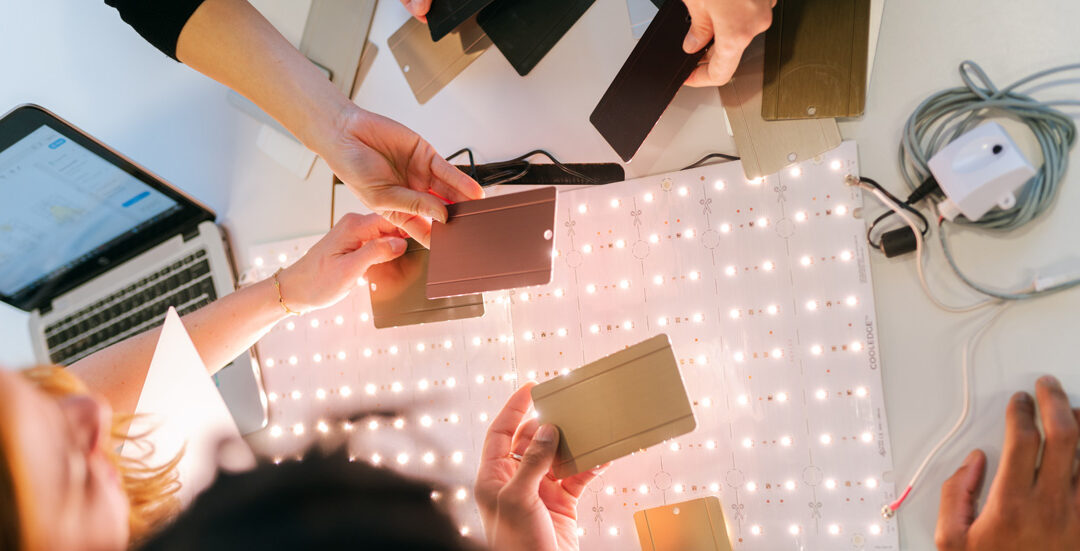What to Consider When Hiring an Electrical Engineer
It’s one thing to conjure up an idea that could potentially disrupt an industry, but it’s a whole other thing to bring it to life and put it on store shelves. The process behind getting your invention into the hands of consumers is tricky, as it often involves a lot of trial and error to perfect your product. Perhaps one of the most crucial steps occurs early on in the inventing process, which is creating your prototype — a three-dimensional iteration of your vision.
If you think about it, creating a prototype can be fun and rewarding, considering how you’re essentially transforming what was initially just in your head to something real and tangible. Prototyping also works for your initial demonstration purposes, which can help you figure out whether or not it’s viable for launching and selling on the consumer market. When you have a preliminary model of your invention, you can use it for testing and further development once you garner feedback from the necessary parties and stakeholders.
That being said, the prototyping phase is not something that should be rushed. In fact, it’s one of the stages that should be taken seriously. This is primarily because prototypes contribute to helping you find out the performance of your product using different materials, and whether or not the materials you envisioned work out as you imagined. It is then very important to hire an engineer that is capable of putting together a prototype, as they have the knowledge and skills to produce an initial product close to your vision or suggest some things that might work better.
Identify the type of engineer you need
It goes without saying that not all engineers are made equal. It all boils down to what your product is. If your idea or required prototype involves electronics, it’s also not good practice to simply hire the first electrical engineer you come in contact with. If what you need is for an expert to import your sketch or concept into CAD software and create 3D drawings of your idea, it’s recommended that you enlist the help of a mechanical engineer to create moulds from the drawings. They can also assist in defining measurements and mapping out the initial stages of manufacturing.
Now, if your project has something to do with digital design, it’s best to hire an electrical engineer adept in using design automation software. These engineers use specific programmes to automatically set specifications that translate into rules on the software, thereby creating a realistic prototype. This is most evident in the case of printed circuit board design – an essential part of creating gadgets and electronics. Electrical engineers who work primarily through digital means tend to use prototype board layout software, which is a necessary step in developing electronics. By utilising said software, guesswork is significantly reduced, as every detail of the design is transferred into digital containers for output into the final design documentation.
Understand their time commitment and communicate your requirements
Before diving into the prototyping process together, it’s best to have a mutual understanding of your requirements so your collaboration runs smoothly. They must know what your project entails as well as the steps to bring it to life. Ideally, the engineer you end up working with must also commit to a specific time frame to produce the best iteration possible. Rushing through the process will only result in a slew of mistakes, so it’s best to hire one who can commit to a considerable time frame. That way, you’ll have some leeway when creating the best possible prototype, including allowing time to improve any issues.

Recent Comments